Indoor Hemp Vs Outdoor Hemp - What s the Difference
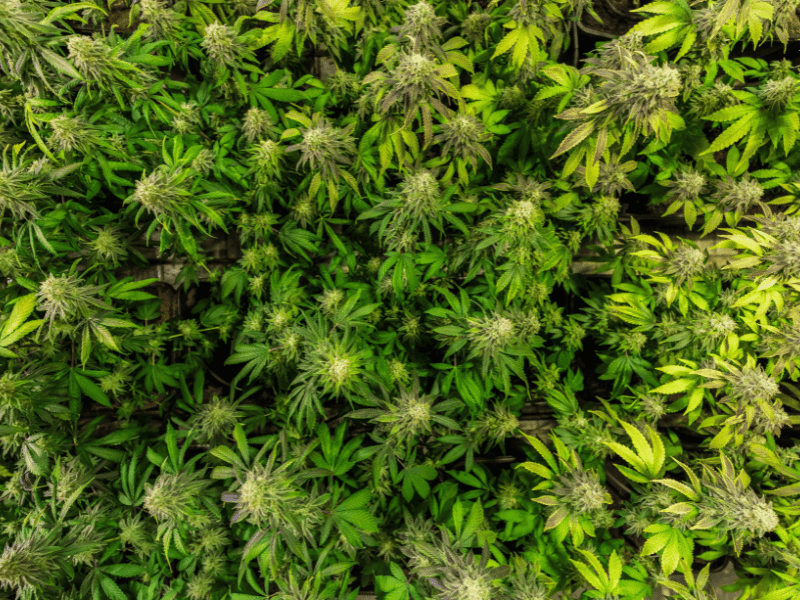
Hemp, a versatile plant with a rich history, has found its place in the wellness industry. Its cultivation methods, however, have sparked a debate.
Indoor hemp vs outdoor hemp - what's the difference?
This question is more than just a matter of location. It's about quality, sustainability, and the impact on the final product.
Indoor cultivation offers control and consistency, while outdoor farming leans into nature's rhythm. Each method has its unique advantages and challenges.
In this article, we'll delve into these differences. We'll explore how they affect the THCA and CBD flower, two key components in wellness products.
Join us on this journey of understanding. Let's uncover the story behind the hemp in your wellness products.
Understanding Hemp and Its Significance in Wellness
Hemp has become a cornerstone in the wellness industry. Its uses are diverse, spanning from skincare to dietary supplements. This plant is celebrated for its rich cannabinoid content and potential health benefits.
The wellness industry values hemp for more than its versatility. It's the therapeutic properties of its cannabinoids that attract attention. With ongoing research, the interest in hemp continues to grow.
Hemp's acceptance in wellness has sparked a new wave of products. From oils to tinctures, consumers have more choices than ever. Wellness brands leverage these offerings to cater to diverse consumer needs.
Education is key in this evolving market. Understanding hemp's role helps consumers make informed choices. It also aids brands in communicating the benefits effectively.
Hemp's significance extends beyond its products. Its cultivation impacts sustainability, a crucial consideration today. As we explore further, we'll examine how cultivation practices relate to these factors.
Defining Hemp and Its Cannabinoids
Hemp is a cannabis plant known for low THC levels. Unlike marijuana, it doesn't produce a high. Instead, hemp is rich in other cannabinoids, offering potential health benefits.
Cannabinoids like THCA and CBD are non-psychoactive compounds found in hemp. These molecules interact with the body's endocannabinoid system. This interaction underpins their therapeutic effects.
Understanding these cannabinoids is essential. They are the key ingredients in many wellness products. As research advances, our knowledge of their benefits continues to expand.
The Role of THCA and CBD in Wellness
THCA and CBD are prized for their wellness potential. THCA is a precursor to THC but doesn't cause intoxication. It may offer anti-inflammatory properties and other benefits.
CBD, short for cannabidiol, is well known for its calming effects. It's used to alleviate anxiety, reduce pain, and support sleep. Its popularity has led to a wide range of CBD-infused products.
Together, THCA and CBD form the backbone of many wellness offerings. They are pivotal in shaping consumer preferences. By harnessing these cannabinoids, brands can cater to a health-conscious audience.
Indoor Hemp Cultivation Explained
Indoor hemp cultivation represents a fusion of agriculture and technology. This method gives growers precise control over growing conditions. As a result, the quality and consistency of the harvest can be tightly regulated.
A key aspect of indoor cultivation is its adaptability. Growers can manipulate light, temperature, and humidity to optimize plant growth. This level of control often leads to premium-quality hemp flowers rich in cannabinoids.
Yet, indoor cultivation requires significant investment in infrastructure. Growers often need specialized equipment and rigorous monitoring systems. These investments lead to higher costs for both producers and consumers.
Despite the expense, the indoor approach supports year-round hemp production. This reliability is critical for meeting market demands and maintaining supply chains. Ultimately, these factors make indoor cultivation an attractive choice for many wellness brands.
The benefits extend to cultivation innovation as well. Growers can experiment with different strains or optimize cannabinoid profiles. This experimentation allows for the production of unique and targeted hemp products.
The Controlled Environment of Indoor Hemp
In indoor settings, growers create optimal conditions. They use artificial lighting that mimics natural sunlight, enhancing growth cycles. This precise control often leads to higher-quality hemp flowers.
Temperature control plays a crucial role, too. Consistent temperatures prevent stress on plants, which improves cannabinoid production. Additionally, humidity management mitigates mold and pest issues.
These environments provide a stable backdrop for hemp development. By reducing environmental unpredictability, growers secure consistent results. This stability is a hallmark of indoor hemp cultivation.
Advantages of Growing Hemp Indoors
Indoor cultivation offers several significant benefits. Chief among them is the ability to produce consistent, high-quality hemp.
- Controlled growth conditions ensure uniform output.
- Protection from external factors like weather and pests.
- Ability to grow year-round, meeting continuous market demand.
- Enhanced experimentation opportunities with different hemp strains.
The curated environment minimizes unforeseen agricultural challenges. Growers can refine conditions to promote ideal growth. This capability to tweak and manage variables is a major draw.
By harnessing these advantages, brands can promise and deliver premium hemp products. This assurance fosters consumer trust and supports brand reputation. Thus, indoor cultivation aligns well with high standards of wellness brands.
Challenges Faced by Indoor Hemp Growers
Despite its advantages, indoor cultivation presents notable challenges. The initial investment in infrastructure and technology is considerable.
- High energy consumption due to artificial lighting and climate control.
- Substantial financial costs associated with setup and maintenance.
- Regulations and zoning challenges can complicate indoor operations.
- Environmental impact, particularly the carbon footprint, needs addressing.
Energy use remains a significant concern. Running climate-controlled facilities demands considerable power, impacting sustainability. This can drive brands to seek more eco-friendly solutions.
Regulatory hurdles vary by region, affecting operational freedom. Compliance with local laws requires significant resources and expertise. Navigating these complexities adds another layer of difficulty to indoor cultivation.
These challenges require careful planning and management. For brands dedicated to indoor hemp, balancing benefits with these challenges is key.
Outdoor Hemp Cultivation Explored
Outdoor hemp cultivation relies on nature's own resources. This method harnesses natural sunlight, rain, and soil for growth. Such an approach aligns closely with traditional agricultural practices.
Using open fields, outdoor hemp benefits from expansive growth areas. Plants can reach their full potential under natural conditions. This often leads to robust and resilient hemp crops.
One of the main appeals of outdoor cultivation is its cost-effectiveness. Without the need for extensive infrastructure, overhead costs are lower. This can result in more affordable hemp products for consumers.
Outdoor settings also support sustainable farming practices. The reliance on nature reduces the energy footprint compared to indoor methods. This is advantageous for brands prioritizing environmental responsibility.
Nonetheless, outdoor hemp farming is not without its challenges. Factors like climate variability and pest exposure must be managed. Success hinges on a deep understanding of local environmental conditions.
The Natural Elements of Outdoor Hemp
Outdoor hemp thrives in tune with the elements. Natural sunlight provides full-spectrum light, vital for plant health. This light is critical for producing rich cannabinoid and terpene profiles.
The soil plays a fundamental role as well. Rich, well-managed soil contributes to plant nutrition and growth. Healthy soil ecosystems support both quality and yield.
Weather, though unpredictable, can benefit hemp growth. Rain provides necessary hydration, reducing irrigation needs. However, outdoor growers must balance these benefits with potential climate risks.
Benefits of Cultivating Hemp Outdoors
Outdoor cultivation offers several key advantages, making it attractive to certain growers.
- Lower production costs due to minimal infrastructure needs.
- Larger cultivation areas, facilitating greater output.
- Enhanced environmental sustainability, reducing reliance on artificial inputs.
- Potential for organic and regenerative practices, promoting soil health.
The expansive fields allow for substantial harvests, ideal for scaling. With less financial investment, smaller brands can also compete. This method aligns with sustainable and community-focused business models.
Moreover, the natural approach can enhance product authenticity. Brands can market their hemp as farm-grown, further resonating with eco-conscious consumers. These benefits can strongly influence brand narrative and market position.
Obstacles in Outdoor Hemp Farming
Outdoor cultivation does present significant obstacles. Environmental unpredictability is a primary concern.
- Weather risks, including storms and droughts, can affect yields.
- Pest exposure is higher compared to controlled environments.
- Variable cannabinoid profiles due to changing conditions.
- Regulatory challenges with land use and compliance.
Growers must be adept at managing diverse threats. Pest management often requires organic solutions to maintain sustainability. This can involve higher labor inputs and expertise.
Weather remains a double-edged sword. While beneficial at times, it can devastate crops with little warning. Thus, location and timing are critical to outdoor hemp success.
Effective regulation adherence is essential but can be complex. Varying laws on land use and environmental impact require attention. Navigating these requires both strategic planning and local knowledge.
Comparing Indoor and Outdoor Hemp
The debate between indoor and outdoor hemp grows with industry needs. Each method offers unique advantages and challenges. Choosing between them depends on goals and resources.
Indoor hemp provides consistent product quality. Controlled settings allow precise management of light, temperature, and humidity. This control often results in higher cannabinoid yields.
Outdoor hemp, on the other hand, benefits from lower costs. Natural growth environments can lead to diverse and robust terpene profiles. This appeals to brands focused on sustainability and natural quality.
Cannabinoid and terpene profiles often vary between the two methods. Indoor hemp can be tailored for specific profiles, but outdoor hemp may offer richer flavors due to natural elements. Brands can leverage these differences to align with market demands.
Ultimately, the choice influences consumer perception and market position. Whether highlighting technological precision or natural authenticity, brands must reflect this choice in their narrative and marketing efforts.
Cannabinoid Profiles: Indoor Hemp Vs Outdoor Hemp
Cannabinoid profiles can significantly differ between indoor and outdoor hemp. Indoor setups allow growers to fine-tune conditions. This precision often results in more consistent cannabinoid levels like CBD and THC.
Outdoor hemp, influenced by natural variables, may show greater cannabinoid variability. This variability can sometimes lead to unique and complex profiles. Some enthusiasts cherish this naturally diverse spectrum.
Both methods have their market appeal. Indoor's precision caters to consumers desiring reliability. Meanwhile, outdoor's natural complexity can attract those seeking authenticity and variety.
Quality and Potency: The Impact of Cultivation Methods
Quality and potency are directly impacted by cultivation methods. Indoor hemp excels in producing uniform, high-quality THCA and CBD flowers. This is due to advanced control over the growing environment.
The controlled climate fosters robust cannabinoids and terpenes development. As a result, indoor hemp often boasts higher potency and more predictable effects.
In contrast, outdoor hemp's quality relies on optimal natural conditions. While potentially more variable, some outdoor grows deliver potent, terpene-rich hemp. This variability can add appeal through unique character and taste.
Price, Transparency, and Consumer Preferences
Price points also vary significantly between indoor and outdoor hemp. Indoor methods typically incur higher production costs due to energy use and technological investments. This can lead to higher consumer prices.
Outdoor hemp, with its cost-effective nature, may offer more affordable options. This can widen consumer access, appealing to price-sensitive buyers.
Transparency in cultivation practices is crucial for gaining consumer trust. Brands should clearly communicate the benefits and limitations of their chosen methods. Understanding these factors allows consumers to make informed choices based on personal values and preferences.
Ultimately, preferences vary. Some consumers prioritize consistency and potency, favoring indoor hemp. Others seek natural cultivation methods and cost-effectiveness, gravitating towards outdoor hemp products.
The Future of Hemp: Trends and Innovations
The hemp industry's future gleams with promise and growth. As consumer interest in wellness blossoms, hemp products are increasingly in demand. Brands must adapt to this evolving landscape to thrive.
Innovation plays a key role in the industry's advancement. Technological enhancements in hemp cultivation offer exciting prospects. These tools help address past challenges, pushing the industry toward better efficiency and sustainability.
Consumers expect more than quality; they want transparency and ethical practices. Brands emphasizing responsible cultivation methods gain trust and loyalty. This focus can set them apart in a competitive marketplace.
Sustainable practices are no longer optional; they're essential. As environmental awareness grows, outdoor hemp cultivation's ecological benefits gain attention. Embracing sustainable practices could redefine the industry's standards and appeal.
Technological Advancements in Indoor Cultivation
Technological progress is reshaping indoor hemp cultivation. Cutting-edge systems enhance control over growing conditions. Innovations in lighting, hydroponics, and automation drive improved yields.
Precise environmental control leads to predictable, consistent crops. These advancements make indoor cultivation more accessible to emerging brands. This trend offers possibilities for experimenting with specific cannabinoid profiles.
Moreover, technology reduces waste and energy use, addressing sustainability concerns. As these systems evolve, they promise to lower costs and minimize the carbon footprint. This shift positions indoor hemp as a more sustainable option.
Environmental Sustainability and Outdoor Hemp
Outdoor hemp cultivation shines in environmental sustainability. Relying on natural light and resources, it minimizes energy consumption. It aligns with the growing demand for eco-friendly practices.
This method fosters biodiversity, supporting local ecosystems. By reducing chemical inputs, outdoor hemp farming promotes soil health and sustainability. These advantages appeal to environmentally conscious consumers.
Engaging in sustainable outdoor practices boosts a brand's reputation. It conveys authenticity and commitment to nature. As consumers prioritize the planet, aligning with these values enhances market positioning.
The Evolving Market and Consumer Education
The hemp market is rapidly evolving, driven by consumer education. As knowledge grows, so does consumer discernment. Informed buyers seek products that meet their ethical and quality standards.
Education empowers consumers to make choices aligned with their values. Brands should focus on informative marketing and transparency. This approach strengthens consumer trust and fosters deeper connections.
The demand for clear, accurate product information rises. Successful brands will capitalize on this trend by highlighting cultivation practices, sustainability, and product benefits. Emphasizing education in marketing strategies can set leaders apart in the hemp industry.
Conclusion: Making an Informed Decision
Choosing between indoor and outdoor hemp boils down to priorities. Each method offers distinct advantages and challenges. Understanding these differences empowers brands and consumers to make strategic choices.
Indoor hemp provides consistency and control, ideal for precise outcomes. Outdoor hemp appeals to eco-conscious values, harmonizing with nature. Both methods contribute uniquely to the hemp industry's landscape.
Ultimately, informed decisions require a balance of quality, sustainability, and transparency. By considering these factors, stakeholders can align their choices with their values and business objectives. In the dynamic wellness industry, knowledge and adaptability pave the path to success.
No comments

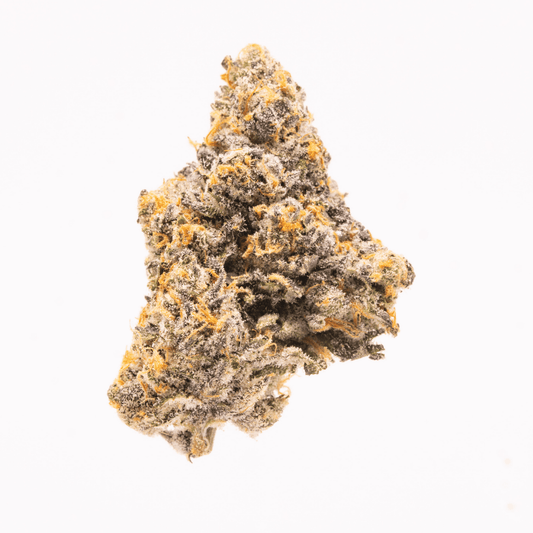
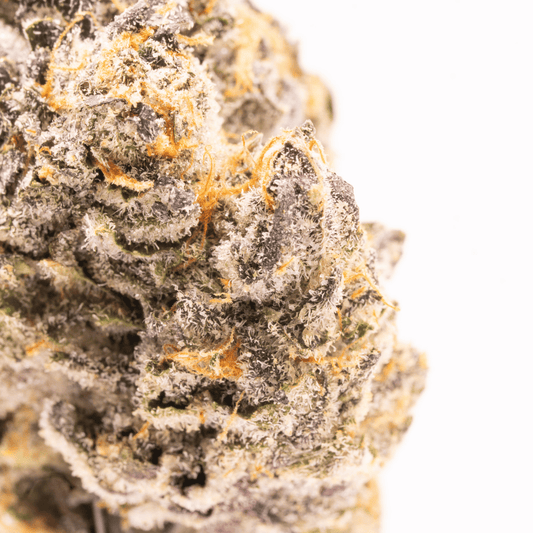
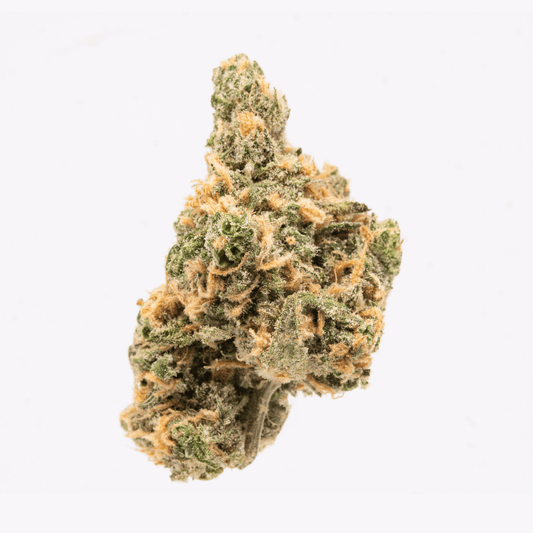
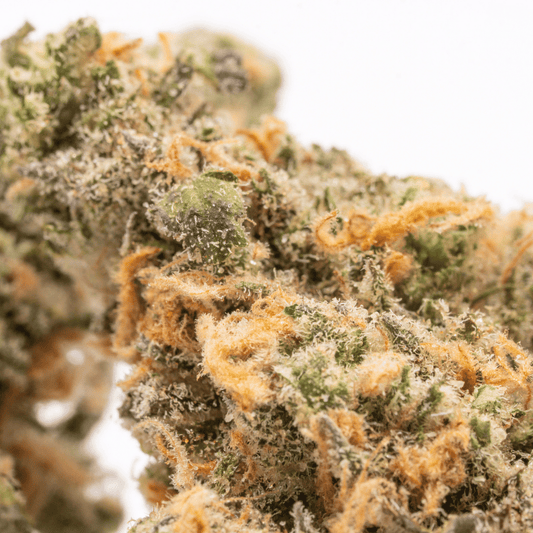
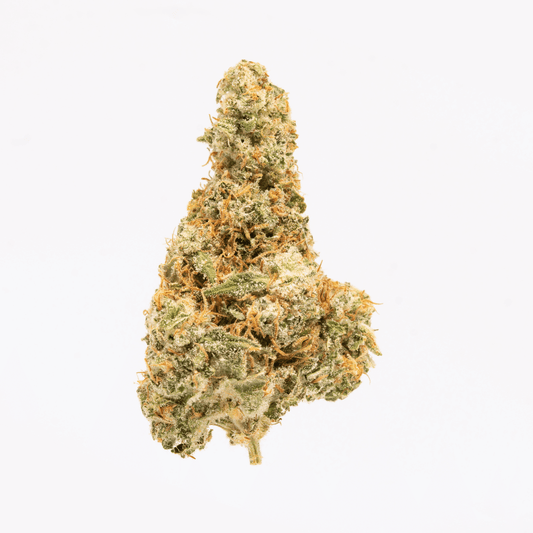
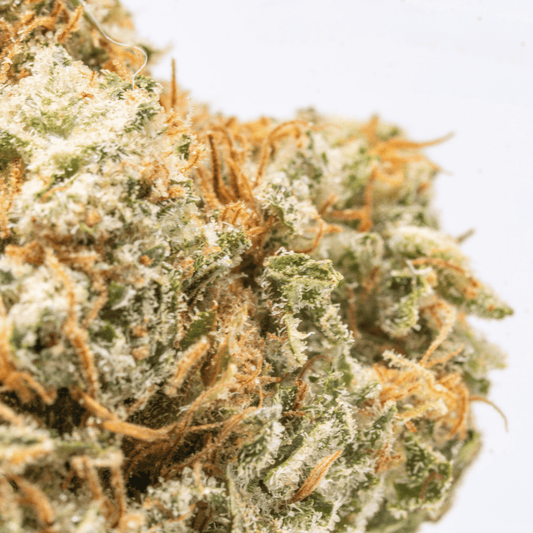
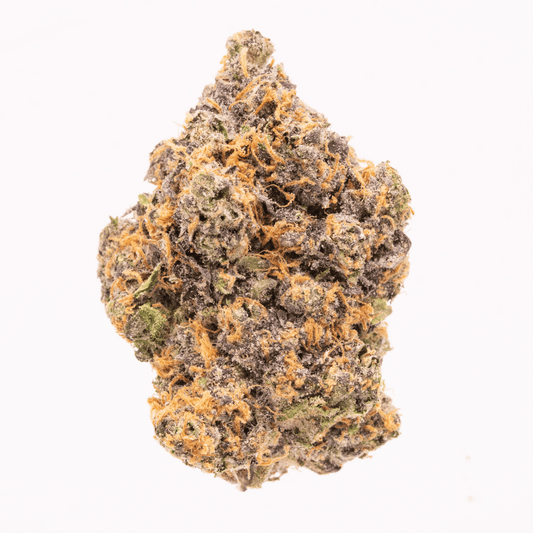
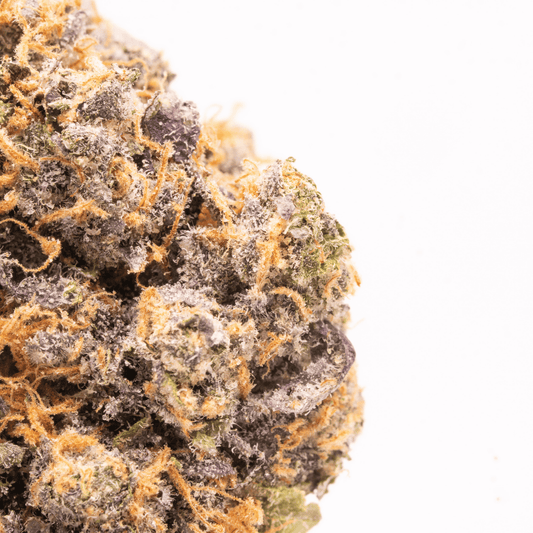
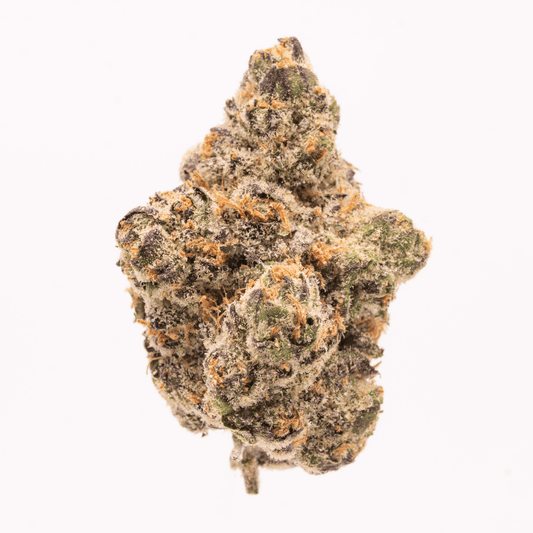
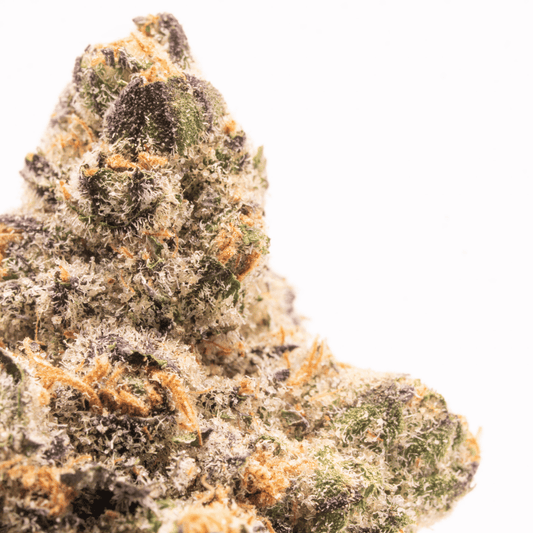
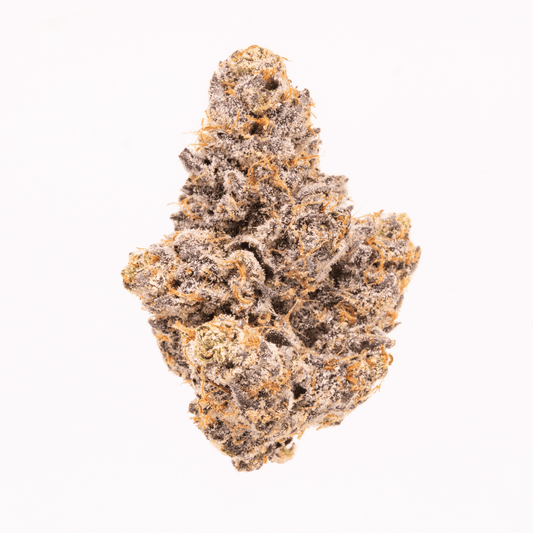
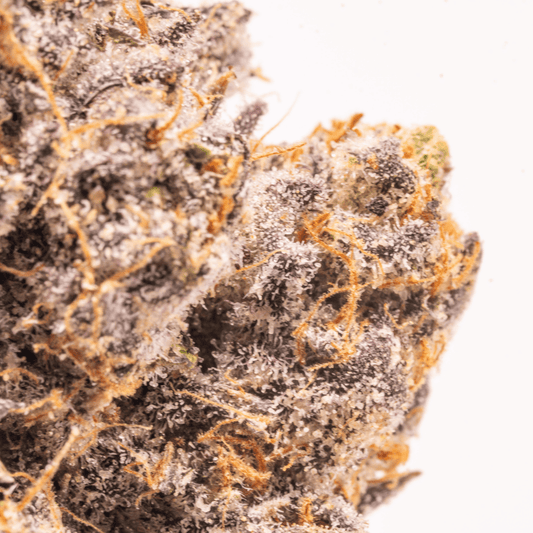
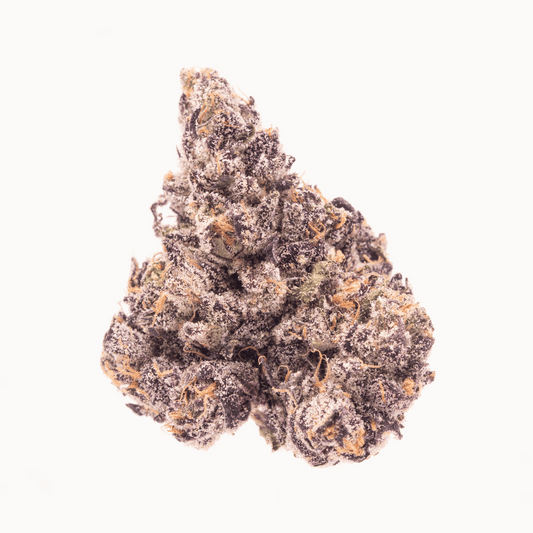
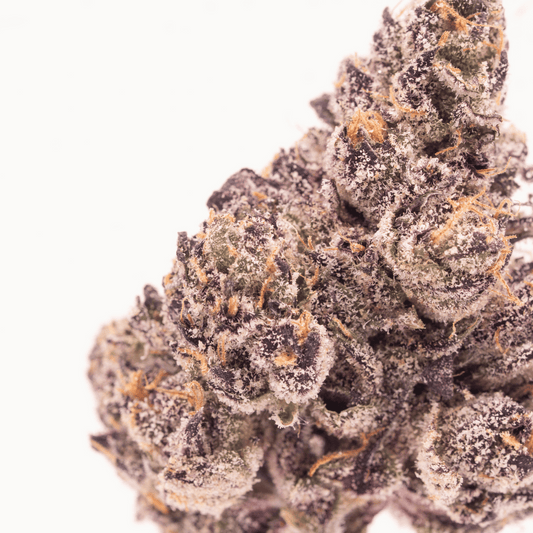
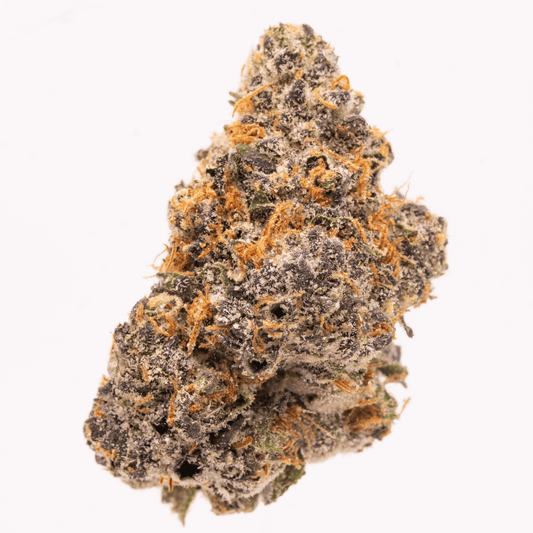
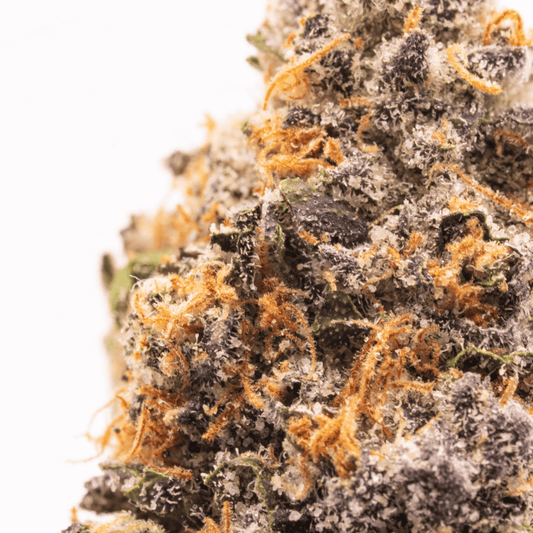
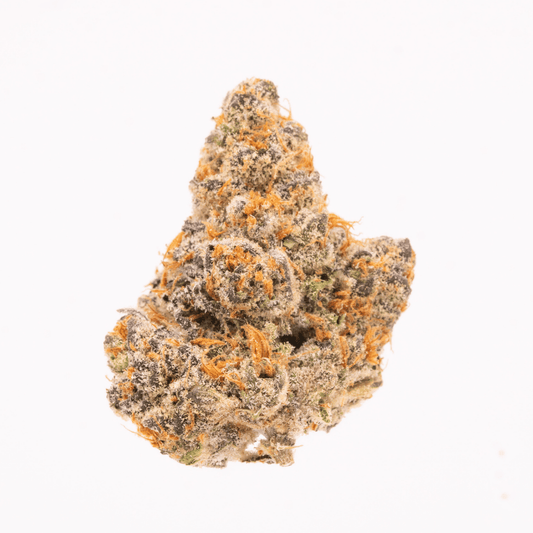
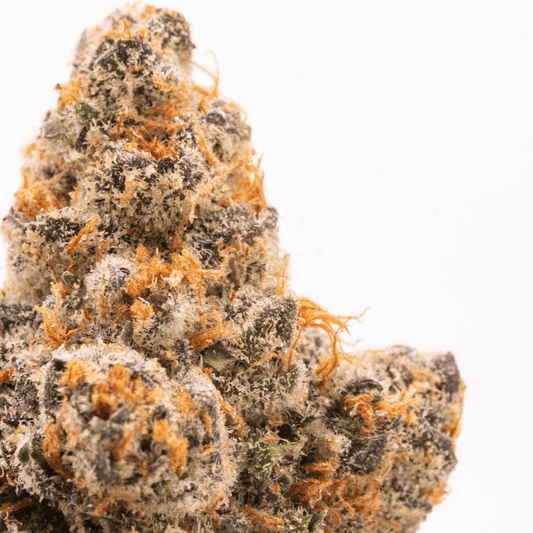
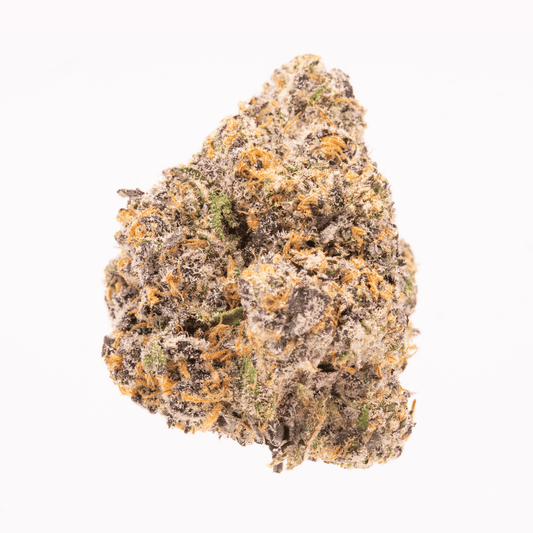
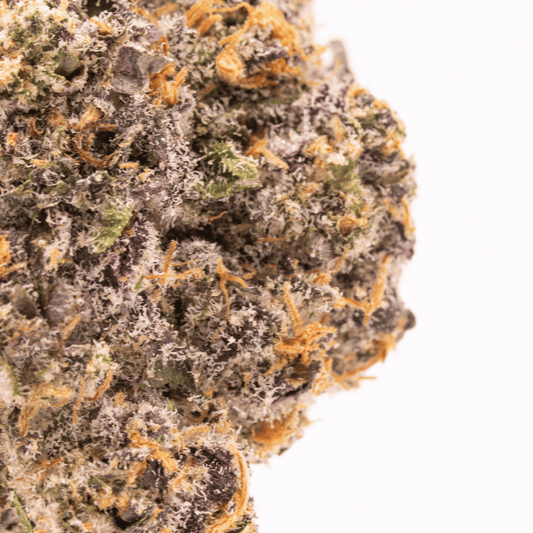
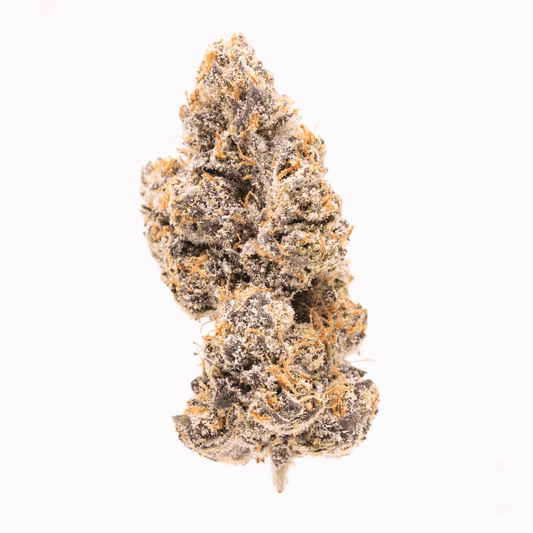
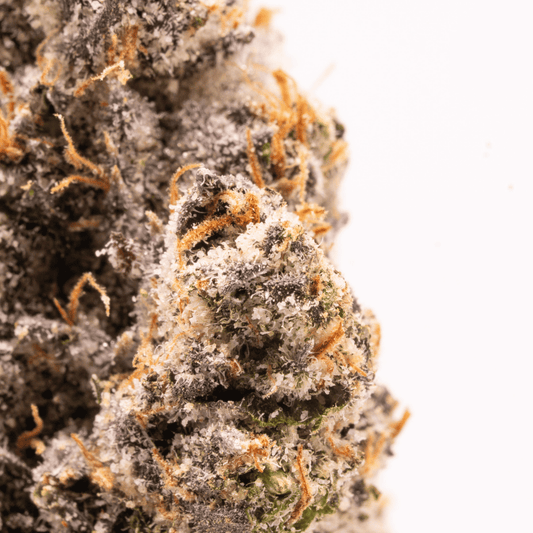
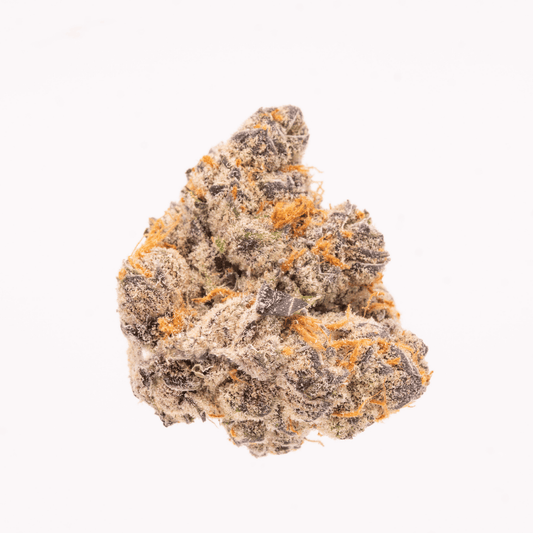
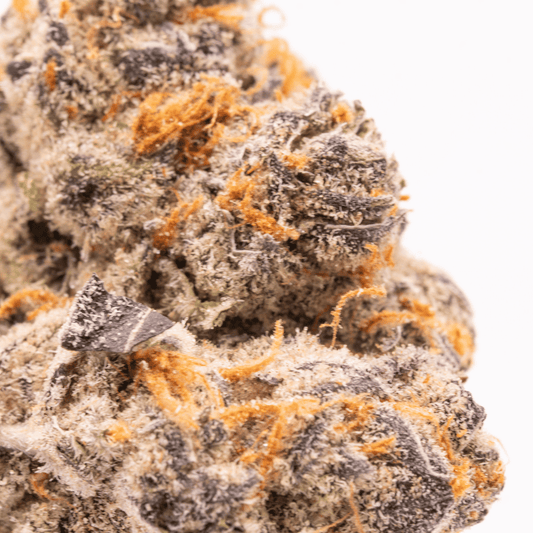
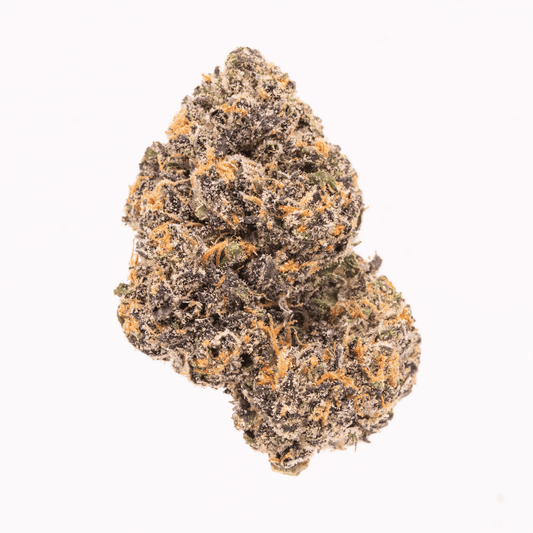
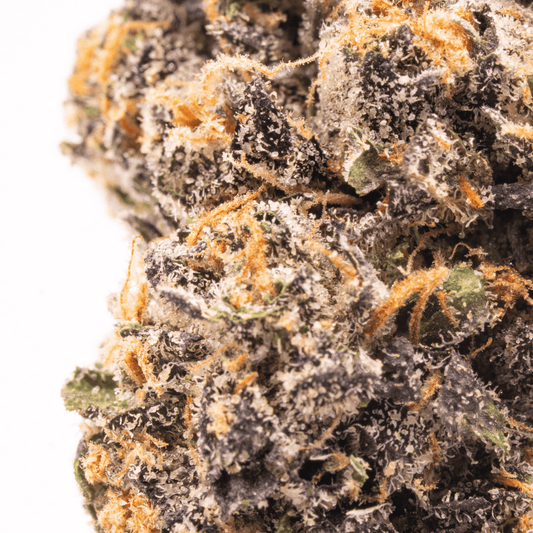
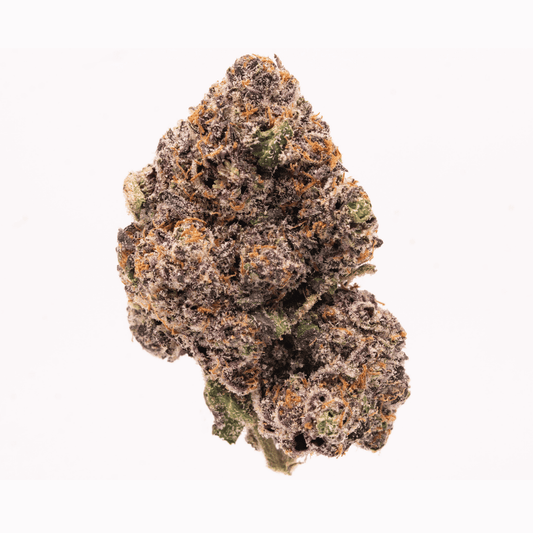
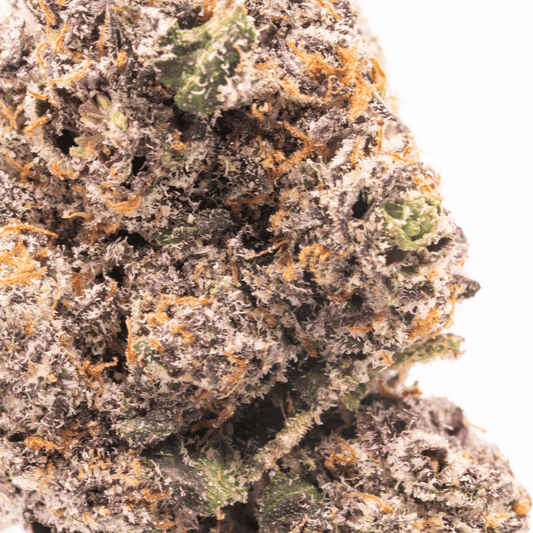
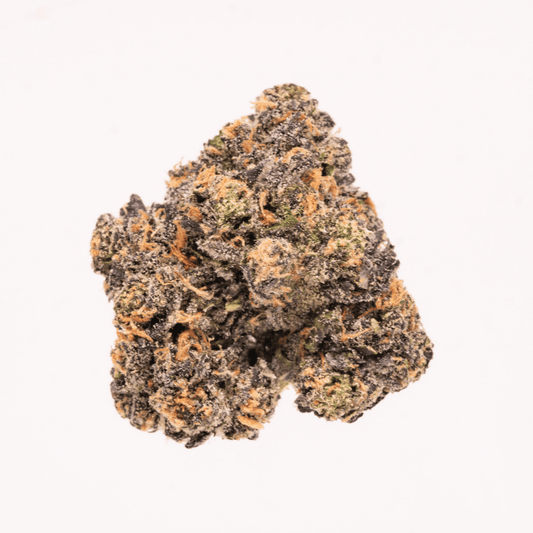
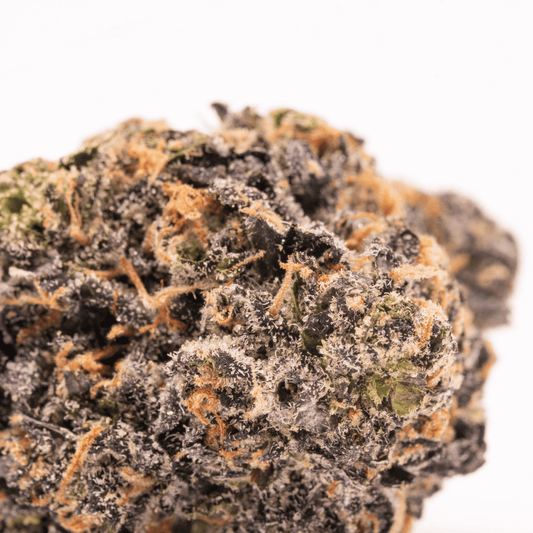
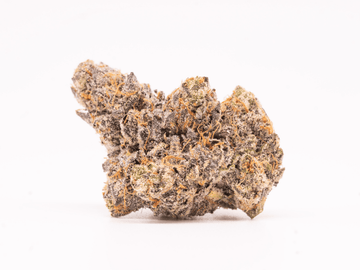
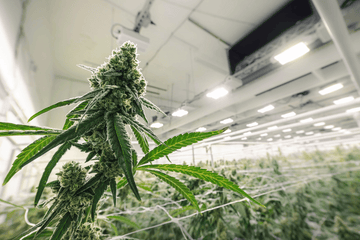



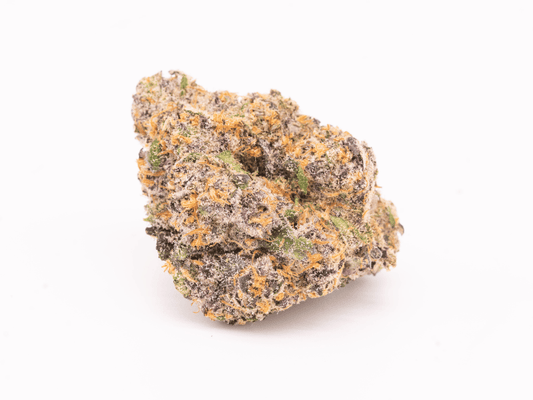



0 comments